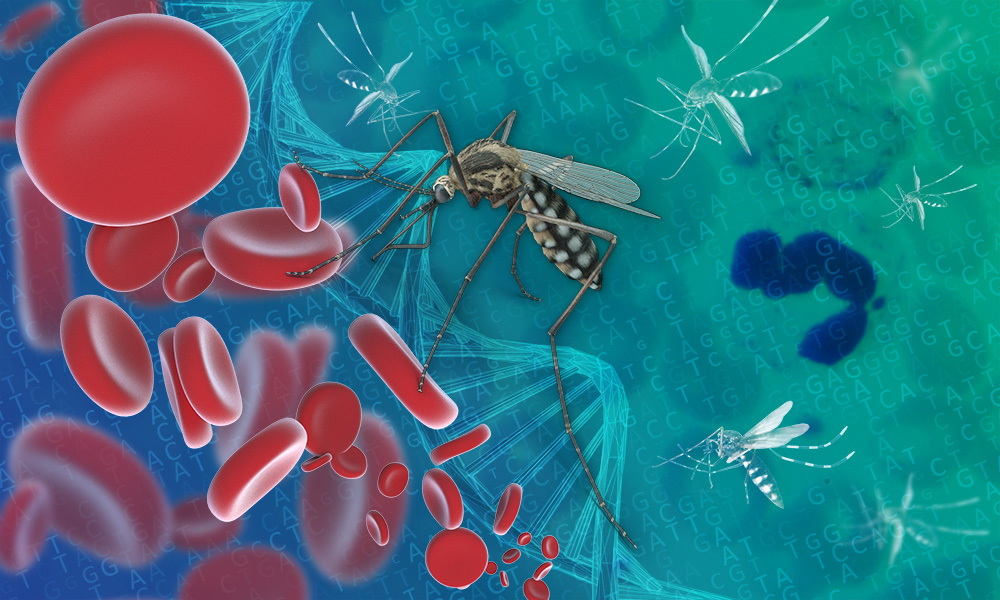Scleroderma is a condition which affects the connective tissues, which are the tissues that hold muscles, blood vessels, joints and internal organs together. The word itself means “hard skin” and it got its name because the people with this condition tend to have too much collagen, which is a protein that gives tissue strength. While “having strong skin” might sound like a super power, it is quite the opposite, here’s why.
Symptoms of scleroderma
When it comes to the symptoms of scleroderma, it is important to note that they vary from person to person, and they can also be different depending on the area of the body that scleroderma is affecting. Fingers, arms, and the face affected often tend to have thickening and hardened skin while stiffness and pain is noticed in the muscles and joints.
Other symptoms may be things such as diarrhea, constipation, heartburn, ingestion, shortness of breath, and small chalky calcium deposits under the skin that are displayed as bumps. Fingers tend to have a phenomenon called Raynaud’s phenomenon, which is when the fingers or toes turn white, blue, and then red. This phenomenon often occurs in the cold weather, and it is usually one of the first noticed symptoms.

Symptoms of scleroderma
What is the cause?
Unfortunately, when it comes to the cause of this condition, it is still unknown. Doctors suspect that genetics, environmental factors and the immune system play some roles in the development of the condition, however, none of these have been scientifically proven to be the cause. You can find more about the cause at https://arthritiscare.com.au along with some other useful information.
Is it dangerous?
If you happen to have scleroderma, there is usually nothing to worry about, as most people that have this condition experience only few and minimal symptoms, which allows them to lead a normal life. Of course, there are situations where scleroderma is going to become a bit more complicated, and people with a more severe type tend to have problems with some of their vital organs such as kidneys, lungs, and even the heart.
When scleroderma causes problems with one of these organs, you should immediately consult with a specialist for the organ that is affected, for example, if your heart is affected, you should consider visiting a cardiologist.

Raynud’s phenomenon can be easily noticed
How is it treated?
There is currently no cure for this condition, however, there are treatments for pretty much all types. Some of the treatments involve simple lifestyle changes, while others might require some kind of special medication. You can find more information about treating scleroderma at https://arthritiscare.com.au/service/scleroderma, or you can consult with your doctor as well.
Final word
In order to prevent scleroderma becoming a serious issue in your life, it is very important to educate yourself on the condition, especially if you suspect that you are a victim of it. Talk to your doctor about changes that your body is experiencing, because sometimes sharing even minor things can help the doctor diagnose a condition early on, which usually ends with better treatment.



